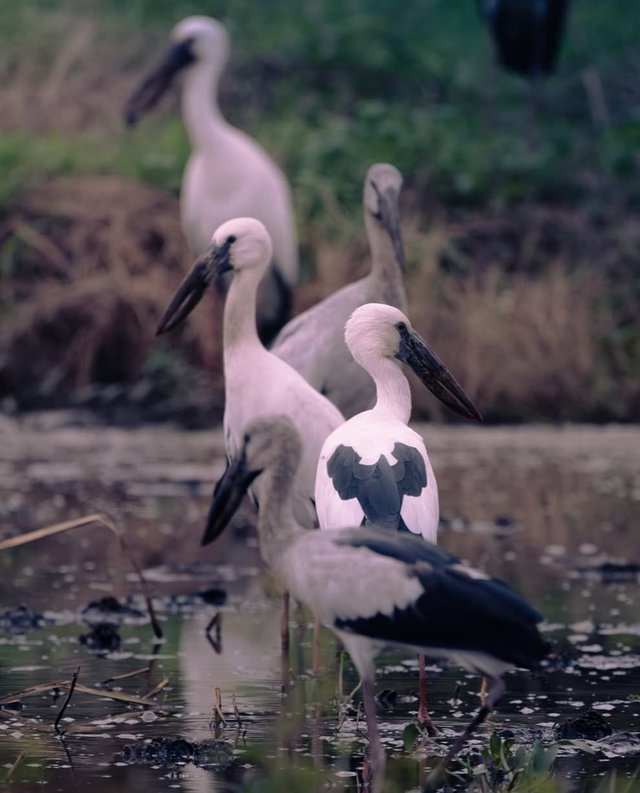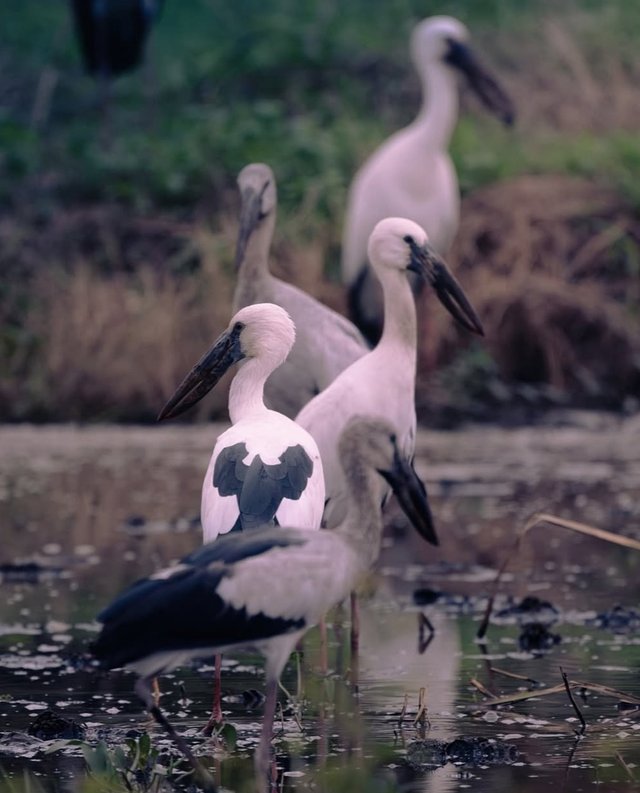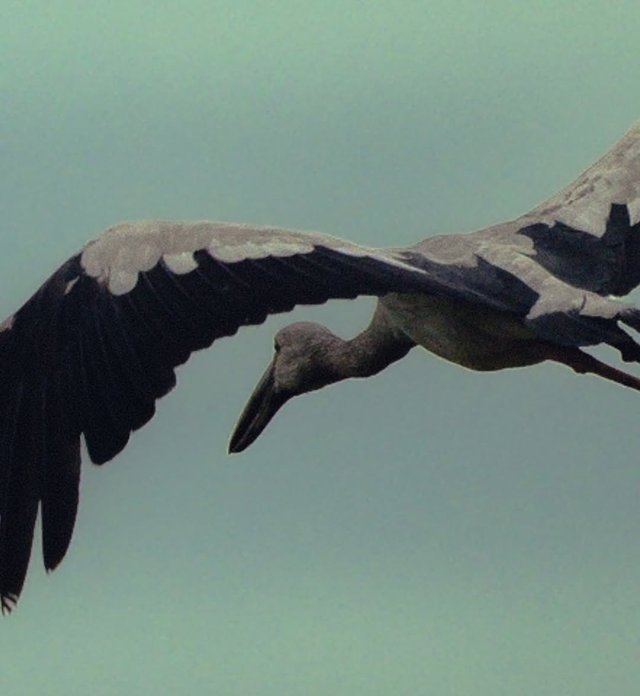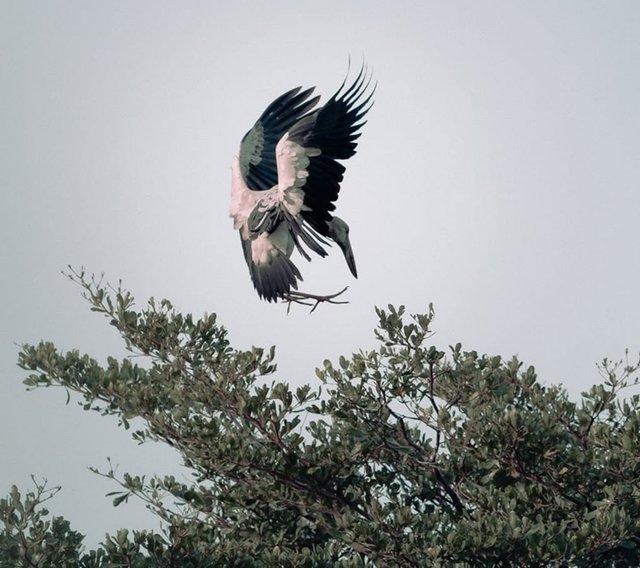Oriental Stork Bird
Oriental Stork: A Symbol of Grace and Conservation Success
The Oriental stork is a magnificent, large wading bird that has long captured the imagination of people across East Asia. Known for its striking white plumage, contrasting black wing feathers, and stately posture, the Oriental stork is not just a beautiful species but also an enduring symbol of luck, longevity, and environmental harmony in several cultures. Closely related to the European white stork, it has its own unique ecological role and an inspiring story of survival against significant odds.
Physical Characteristics
The Oriental stork is among the largest storks in the world, standing about 110–130 cm tall, with a wingspan reaching up to 2.2 meters. Adults are almost entirely white, except for their black flight feathers, which shimmer with a greenish or purplish gloss in sunlight. Unlike the red-billed European stork, the Oriental stork has a long, sturdy black bill and reddish-pink legs. During the breeding season, subtle changes in their facial skin color and leg brightness occur, signaling reproductive readiness.
Distribution and Habitat
Historically, Oriental storks were widespread across China, Korea, Japan, and parts of Russia. However, habitat loss and hunting caused their populations to plummet in the 20th century. Today, their main breeding grounds are concentrated in the Russian Far East and northeastern China, while Japan has become famous for its dedicated reintroduction programs. In winter, these storks migrate to the Yangtze River basin, the Korean Peninsula, and occasionally as far south as Taiwan or Vietnam.
The species prefers wetlands, rice paddies, floodplains, and river deltas—habitats rich in amphibians, fish, and small invertebrates. Their reliance on healthy wetland ecosystems makes them an excellent indicator of environmental quality.
Diet and Feeding Behavior
Oriental storks are opportunistic feeders. Their diet includes fish, frogs, insects, small mammals, and even crustaceans. They hunt by wading through shallow waters, using their sharp bill to snap up prey. In agricultural landscapes, they sometimes forage in flooded rice fields, which has earned them a place of affection among farmers, as they help control pests naturally.
Breeding and Life Cycle
Breeding season begins in late spring. These storks are monogamous and return to the same nesting sites each year. They build massive stick nests on tall trees, cliffs, or increasingly, on human-made platforms erected to encourage their return. A typical clutch contains two to six eggs, which both parents incubate for about a month. Chicks fledge in 50–60 days but remain dependent on their parents for several weeks.

Thanks For Reading
Device Information
| Device | Redmi Note 10 Pro |
|---|---|
| Lens | 64 mp |
| Location | Bangladesh |



